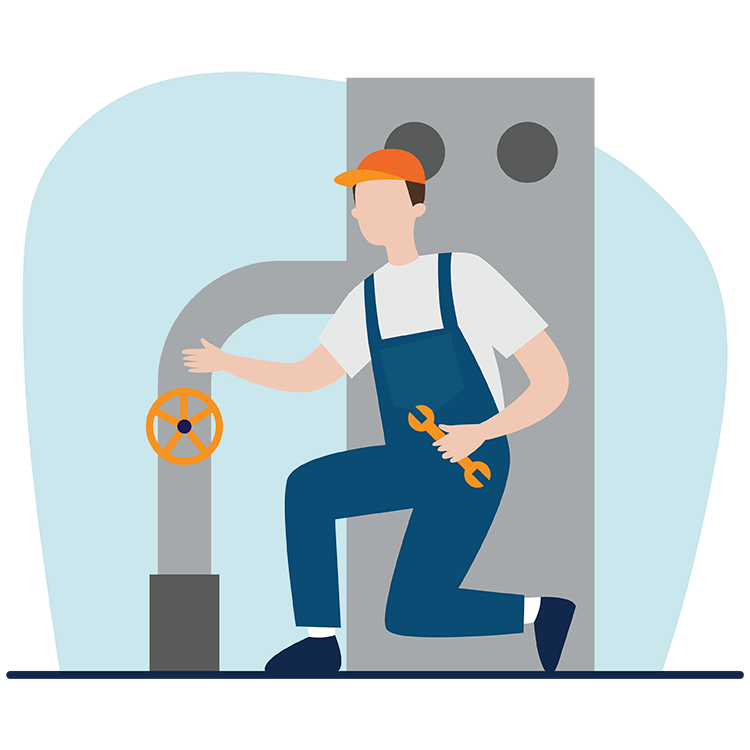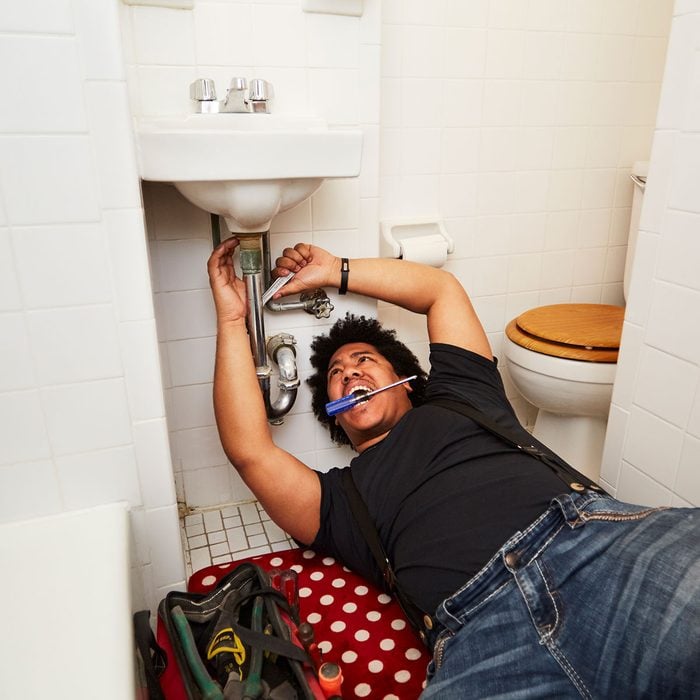Premier Plumber Alabaster AL Ready to Serve You Anytime
Premier Plumber Alabaster AL Ready to Serve You Anytime
Blog Article
A Detailed Overview to Effective Hot Water Heater Installment for Ideal Performance
Beginning on the job of mounting a water heater is a venture that demands accuracy and a systematic method for accomplishing optimal efficiency. The process begins with the vital decision of selecting the appropriate heater customized to the details needs of your home, thinking about factors such as dimension, energy, and type source. When chosen, preparing the installment area to satisfy safety and security criteria is vital. Nonetheless, the trip does not end below. As you continue, the complexities of attaching water system lines and establishing reputable electric or gas links await, appealing understandings right into making certain effectiveness and integrity.
Picking the Right Water Heater

Next, take into consideration the dimension and capability of the hot water heater. It's crucial to examine your household's hot water requirements, which can vary based on the number of occupants and their use patterns. A system that's too little might result in insufficient warm water, while a large design may lead to unnecessary power intake.
Effectiveness scores also play a pivotal duty in choice. Search for hot water heater with high Power Element (EF) rankings, suggesting exceptional performance and reduced energy use. Tankless versions, though normally a lot more pricey ahead of time, deal considerable energy financial savings in time because of their on-demand home heating capabilities.
Preparing the Installment Area
Before installing a brand-new hot water heater, meticulous prep work of the installment location is important. This makes certain a smooth setup procedure and aids avoid future problems (Water Heater installation Alabaster AL). Begin by selecting an appropriate location that follows local building codes and safety and security requirements. The location must be completely dry, well-ventilated, and accessible for upkeep. It's crucial to gauge the space very carefully to suit the water heating unit's measurements, making certain appropriate clearance around the unit for reliable procedure and maintenance.
Following, get rid of any particles, dust, or obstructions from the site to produce a tidy setting. Inspect the floor for security, as the hot water heater will need a strong, degree surface area to operate efficiently. If required, set up a drip frying pan beneath the unit to capture prospective leaks or spills, avoiding water damage to the surrounding location. In regions susceptible to seismic task, take into consideration mounting seismic bands to safeguard the heater firmly in place.
Additionally, make certain that all required devices and materials are on hand before commencing the setup. This includes items such as wrenches, screwdrivers, a level, and any additional equipment needed for placing and protecting the heater. A well-prepared installment area establishes the structure for an effective hot water heater configuration, maximizing performance and security.
Connecting Supply Of Water Lines
When attaching water lines to your recently installed hot water heater, it is crucial to ensure that all links are secure and leak-free to preserve reliable procedure and prevent water damage. Begin by identifying the cool and hot water system lines. The cold water inlet is typically marked with a blue tag or a "C", while the warm water outlet is marked with a red tag or an "H".
Use versatile water heating system connectors to help with a much easier installation procedure. Prior to connecting the adapters, place a plumbing technician's tape around the threaded ends of the water heating unit's inlet and electrical outlet pipes.
When links are in location, slowly switch on the primary water shutoff. Evaluate each connection for leaks by aesthetically examining and feeling for moisture. Tighten links as required, and make certain the stress alleviation shutoff is appropriately installed, securing against extreme pressure accumulation.
Establishing Electrical or Gas Connections
Properly setting up the electrical or gas connections for your water heater is a crucial action to ensure effective and safe procedure. For electrical water heating systems, begin by validating that the electric circuit discover here works with the heating system's voltage and amperage requirements. Ensure the power supply is transformed off at the circuit breaker to avoid mishaps. Link the electrical cables to the heating unit complying with the maker's wiring representation. Generally, this includes attaching the ground cord to the green terminal, and the remaining wires to their matching terminals, protecting each with wire nuts.
For gas hot water heater, safety and security is critical. Confirm that the gas supply is off before proceeding. Link the gas line to the water heating unit making use of a versatile gas connector, ensuring it is appropriately threaded and sealed with pipeline joint compound or Teflon tape suitable for gas links. Tighten the links with a wrench, making sure not to over-tighten (Plumbing Alabaster AL).
As soon as connections are made, examine for any type of prospective leakages. For gas lines, apply a soapy water option to the joints; bubbles suggest a leak. For electrical connections, confirm that all wiring is safe and secure and effectively protected, maintaining conformity with neighborhood electrical codes.
Examining and Adjusting for Efficiency
With the electrical and gas connections firmly in place, the following step is reviewing the functional performance of your hot water heater. Begin by carefully switching on the supply of water try this and guaranteeing there are no leakages at any one of the joints or valves. As soon as confirmed, continue to fill up the container, taking notice of the stress and temperature level setups. It is advisable to set the thermostat to an advised temperature level of around 120 ° F(49 ° C) to balance energy efficiency and comfort.
Next, carry out a complete examination to make sure the burner or burner are working appropriately. For electric heaters, use a multimeter to verify if the aspects are attracting the ideal existing. In gas versions, observe the burner flame; it must be blue and stable, showing efficient combustion.
Adjust the settings as needed to get rid of inefficiencies. Think about executing insulation actions, such as including a water heating system blanket, to additionally improve efficiency by reducing heat loss. In addition, examine the anode rod's problem, as a worn-out rod can lower efficiency and lead to storage tank rust.
Verdict
Reliable hot water heater installation is important for ensuring ideal performance and energy cost savings. By choosing the ideal type and size, and carefully preparing the setup location, a foundation for success is developed. Firmly connecting water system lines and meticulously establishing up electrical or gas links lessen possible issues. Detailed testing for leakages and accurate thermostat modifications to 120 ° F improve reliability and effectiveness. Sticking to these steps advertises long-lasting capability and power preservation in residential water heater.

Properly establishing up the electric or gas links for your water heating unit is a crucial action to guarantee reliable and risk-free procedure. For electric water heating systems, start by validating that the electric circuit is suitable with the heater's voltage and amperage requirements. Link the gas line to the water heating unit making use of a flexible gas connector, ensuring it is effectively threaded and secured with pipe joint compound or Teflon tape appropriate for gas connections.
Report this page